Creatives with synaesthesia are more likely to see ‘Blue Monday’ – the third Monday in January widely regarded as the most depressing day of the year – as yellow not blue
Ahead of Blue Monday on January 15, a survey of people in the creative industry with synaesthesia reveals that 80% don’t ‘see’ the word Monday as blue.
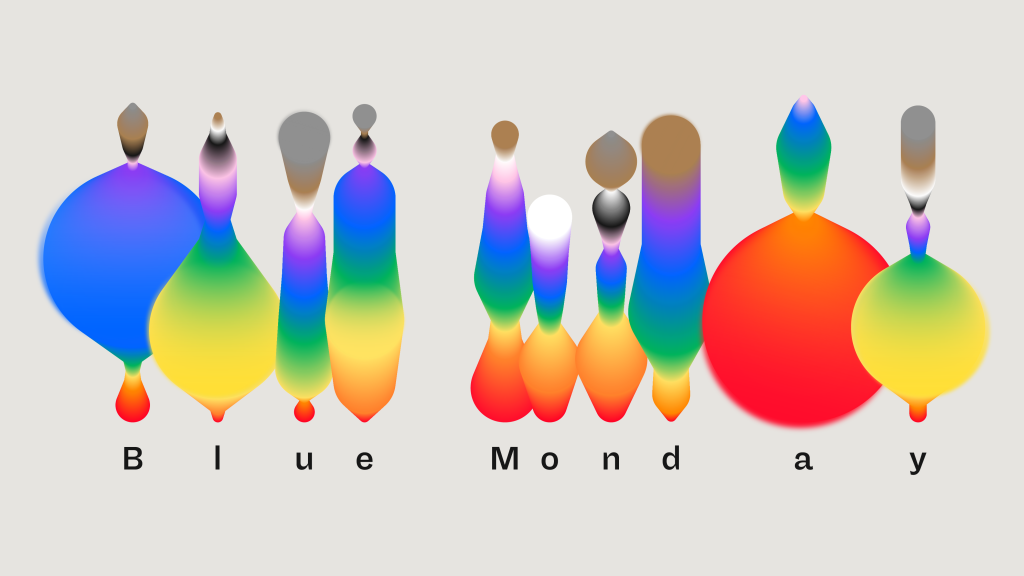
When participants were asked to describe what colour they saw when presented with the word ‘Monday’, the most common colour was yellow, mentioned by 20%. Meanwhile, 5% ‘see’ Monday as a physical shape or t exture, such as concrete, felt or bubble wrap.
The research, conducted among 200 creatives, was done by London branding agency The Clearing after they realised a number of people on the creative team have synaesthesia.
Synaesthesia is a perceptual phenomenon that can lead people to perceive the world differently to the majority of the population.
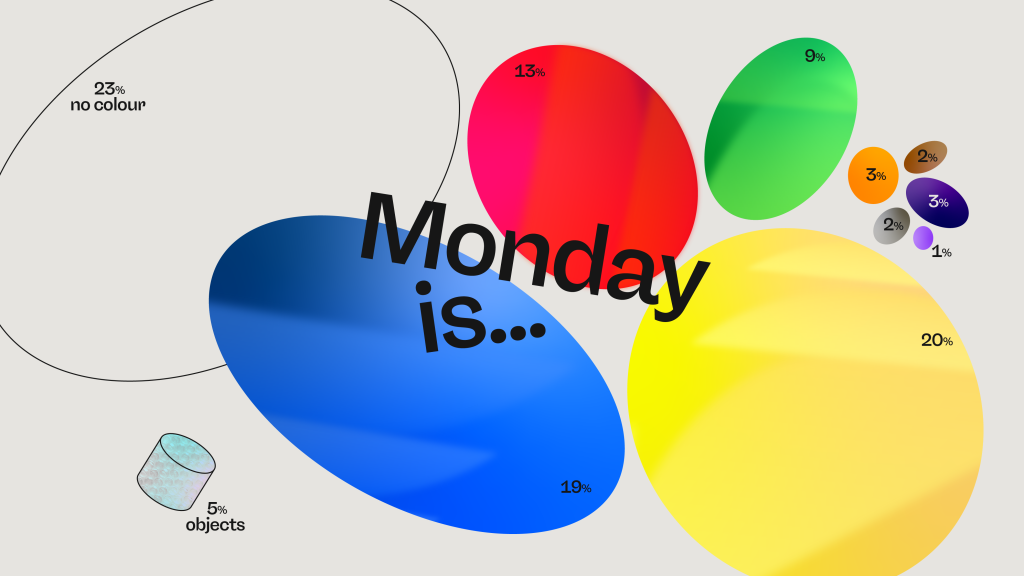
People with synaesthesia – synaesthetes, who include Pharell Williams and Billie Eilish – might perceive a letter, word or sound, as a colour, for example, or a taste, texture or shape.
This occurs when something perceived via one sensory or cognitive pathway is accompanied by an associated experience in a second sensory or cognitive pathway, and that associated experience recurs consistently. There are believed to be about 80 different types of synaesthesia.
For some, ordered sequences – such as the months of the year – are associated with personalities or genders. For others, individuals feel the same or similar sensation as another person – for example, if they see someone else touched.
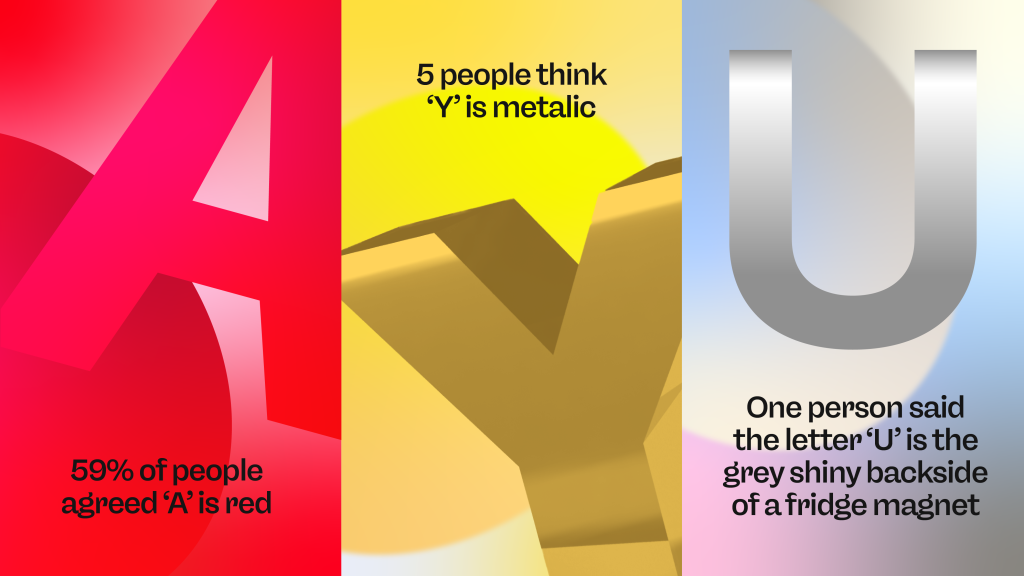
Professor Julia Simner, a professor of neuropsychology specialising in multisensory processes at the University of Sussex, said about the study: “There is now a reliable scientific estimate on how many people have synaesthesia, at least one in 23. And there is evidence of higher rates of creatives in populations of synaesthetes, and that synaesthetes score higher in certain tests of creativity.”
Amanda Kubale, managing director at The Clearing, said: “Finding out that we have synaesthetes in our studio got us talking. Our whole business is built around creative thinking, so we wanted to understand more about how synaesthesia shows up in the creative industry – the results we’re seeing are wonderful.”
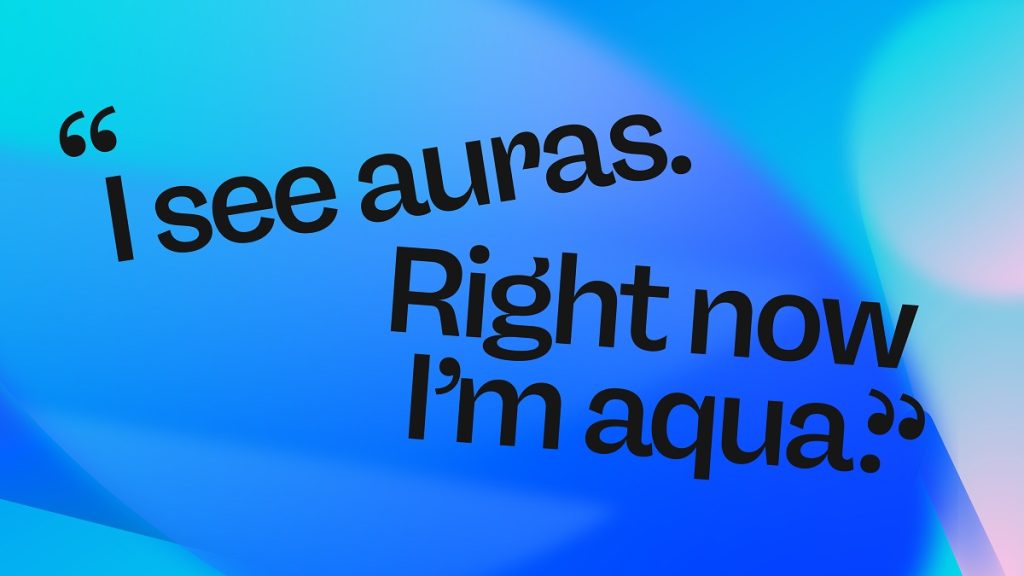

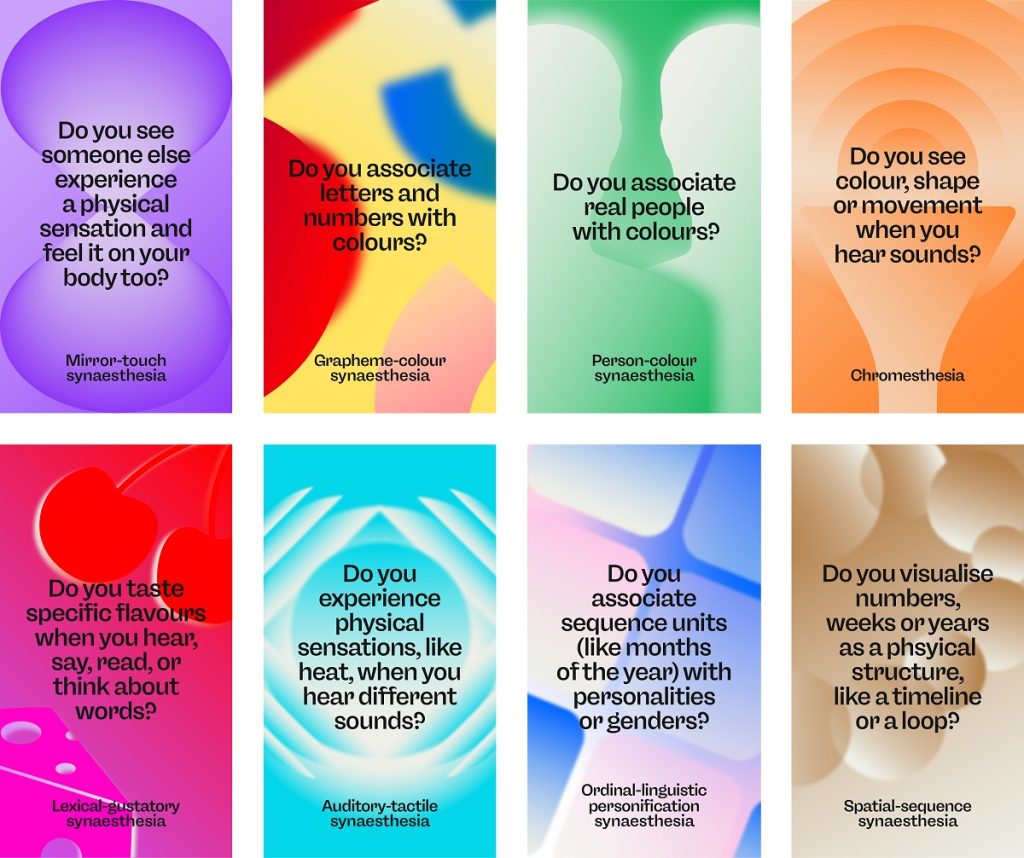
Rose Allert, writer and synaesthete at The Clearing, said: “It’s fascinating how a fresh perspective on an everyday thing can make it more colourful, vibrant and compelling – and it’s amazing to have so many people have similar experiences to me.”
In a well-known creativity test-Remote Associate Test (RAT)- a sample of 82 Synaesthetes significantly outperformed the control group (Department of Psychology, University College London, UK Synaesthesia, creativity and art)
Lizzie Adam, designer and fellow synaesthete at The Clearing adds: “As a creative agency with writers, designers and strategists working hand in hand, we know the power of uniting diverse skill-sets, perspectives and experiences. This research is a really exciting window into the range of different perspectives people bring.”
If you would like to take part in the survey, which is still open, visit: https://lnkd.in/eFANpUdW.
Source: The Clearing

You must be logged in to post a comment Login